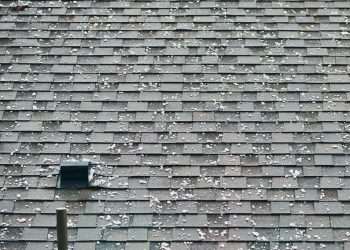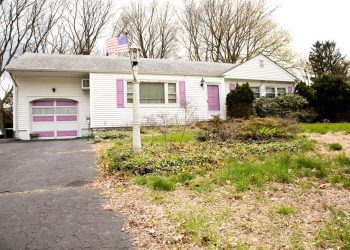For design enthusiasts, history buffs, and those who appreciate beautiful architecture, one of the most soul-crushing sights is a gorgeous historical home stripped of its details and character. Whether the original house has been knocked down to the studs or all the historical details have been stripped, erasing this history can result in a home that is often wholly unrecognizable and even devoid of character. So if you’re embarking on renovating a historic home, read on for important details to preserve.
Research the home’s architectural style
Renovating a home requires a team of professionals, including an architect, designer and builder among other professionals. Additionally, educating yourself on the home’s original architectural style will help you to renovate the home most authentically.
Lead with the exterior
Preserving as much of the home’s exterior architectural details as possible will set the tone of the interior architecture. Maintaining the exterior architectural details will also help the home stay consistent with the neighborhood. These details include the window style, materials and roof line.
Defer to natural materials
Natural materials are a hallmark of historic homes, so when you’re renovating your home selecting natural materials can help replicate the original details. Natural stones, such as marble, unlacquered brass that will patina, brick and hardwood are all examples of materials that a historic home would have.
Keep the scale of the windows
If you’re replacing the windows, keeping the original size, shape and scale will help the home to feel architecturally authentic. For example, this could mean keeping the original round window shape in the powder room and not replacing the double-hung windows with casement windows.
Balance the traditional
If a historic home feels too traditional for design style, modern accents can help the space feel current while still honoring the architectural details. You can accomplish this balance by using paint colors, wallpaper, furniture, and decor accents.
Prioritize safety upgrades
An essential part of any home renovation is ensuring the home is a safe place to live. Prioritizing electrical, plumbing and mechanical upgrades are imperative, so you may have to sacrifice some of the original details. Also, testing for lead, mold and radon is particularly important in an old home and should be prioritized above aesthetic updates.
Aim to refurbish instead of replace
Original features, such as hardwood floors, marble mantle, cast iron bathtub, or exposed brick fireplace, can be refinished. Keeping these original details will help the home feel architecturally relevant, even if you make more significant updates. If you can’t preserve the original details, you can replace these features with similar replicas.
Keep original hardware
Original hardware can act as the home’s jewelry. Saving these door knobs and drawer pulls to incorporate throughout the house can be a beautiful touch and give the nod to its original design.











